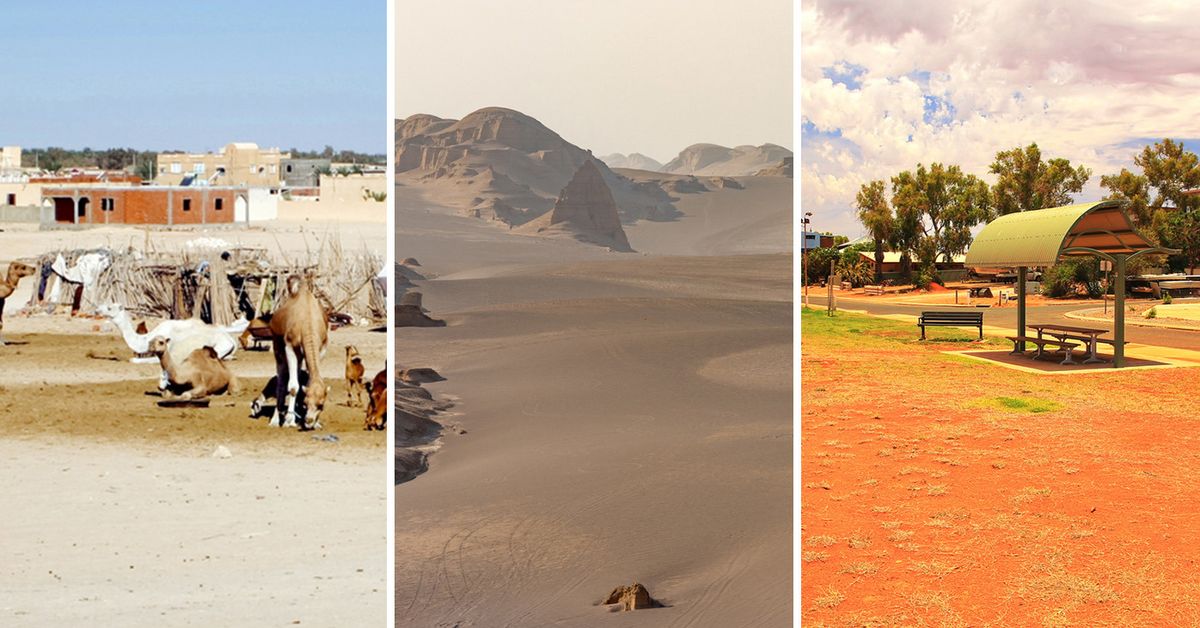Heatwave Hits Australia: Temperatures Soar Past 40C in Adelaide and Melbourne
Summer has officially arrived in Australia, and it’s brought the heat with it! On Monday, temperatures across South Australia and Melbourne skyrocketed past 40C before 10 am, with some parts of New South Wales bracing for their hottest December day on record.
Towns Reach Scorching Highs
In Victoria’s northwest, the small town of Walpeup recorded a sizzling 47.1C at 2:25 pm, just shy of its hottest recorded temperature of 48.1C on February 7, 2009. But Walpeup wasn’t the only town feeling the heat. Birdsville in Queensland, Smithville in western NSW, Renmark in northeast SA, and Jervois in the Northern Territory all reached maximum temperatures above 45C.

Adelaide and Melbourne Feel the Burn
Adelaide was one of the first cities to feel the full force of the heatwave, with the mercury already hitting 38C by 10 am. “It’s already hitting 40 degrees for some of the suburbs to the north,” said Jonathan How, a senior meteorologist at the Bureau of Meteorology. In Melbourne, the central business district was a sweltering 30 degrees by 9 am, with temperatures rising to 38.1C by 2:49 pm. If the city reaches 41C as forecast, it could be the hottest December temperatures since the black summer bushfires of 2019.
South-East Australia Swelters
Much of Australia’s south-east, particularly inland areas, were already sweltering by mid-morning. In the north, Mildura had clocked 33C at 9 am and passed 40C by mid-morning. Meanwhile, Ivanhoe and Wilcannia in western NSW were expected to be the hottest places in Australia, with temperatures tipped to reach 47C and potentially break their hottest December day on record.
Fire Danger and Heatwave Warnings
With extreme heat comes extreme fire danger. “There is extreme fire danger all the way from the Mount Lofty Ranges in Adelaide through the south-east of SA, all western Victorian districts, and then central Victoria, that includes Melbourne today,” warned How. Although a cool change is expected to bring relief from the heat, it won’t arrive until late afternoon or early evening in Adelaide and around 7 pm in Melbourne.
The Climate Crisis Factor
Australia’s land surface has warmed by 1.5C since 1910, according to the Bureau of Meteorology. The climate crisis is making heatwaves longer and more intense, increasing the number of extremely hot days. It’s a sobering reminder of the importance of staying cool, staying safe, and taking action against climate change.
What’s Next?
Sydney is forecast to reach 32C on Tuesday, with western Sydney tipped to record 42C. Large parts of central Australia will continue to experience extreme heatwave conditions, which are likely to stick around for the next six to seven days. Maximum temperatures could be 8C to 16C above average for this time of year, making it essential to stay hydrated, stay indoors, and stay informed.
Stay cool, Australia!

